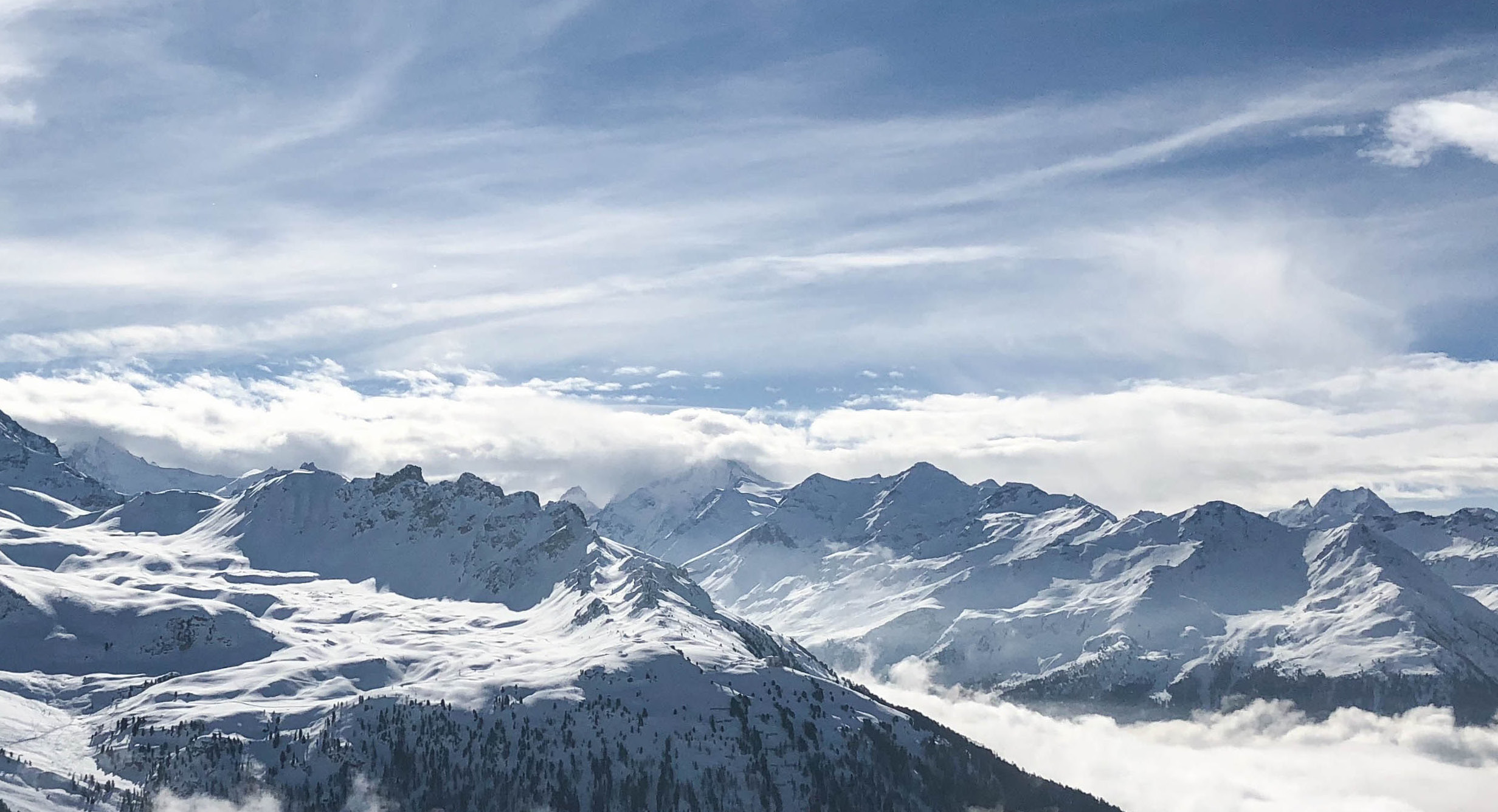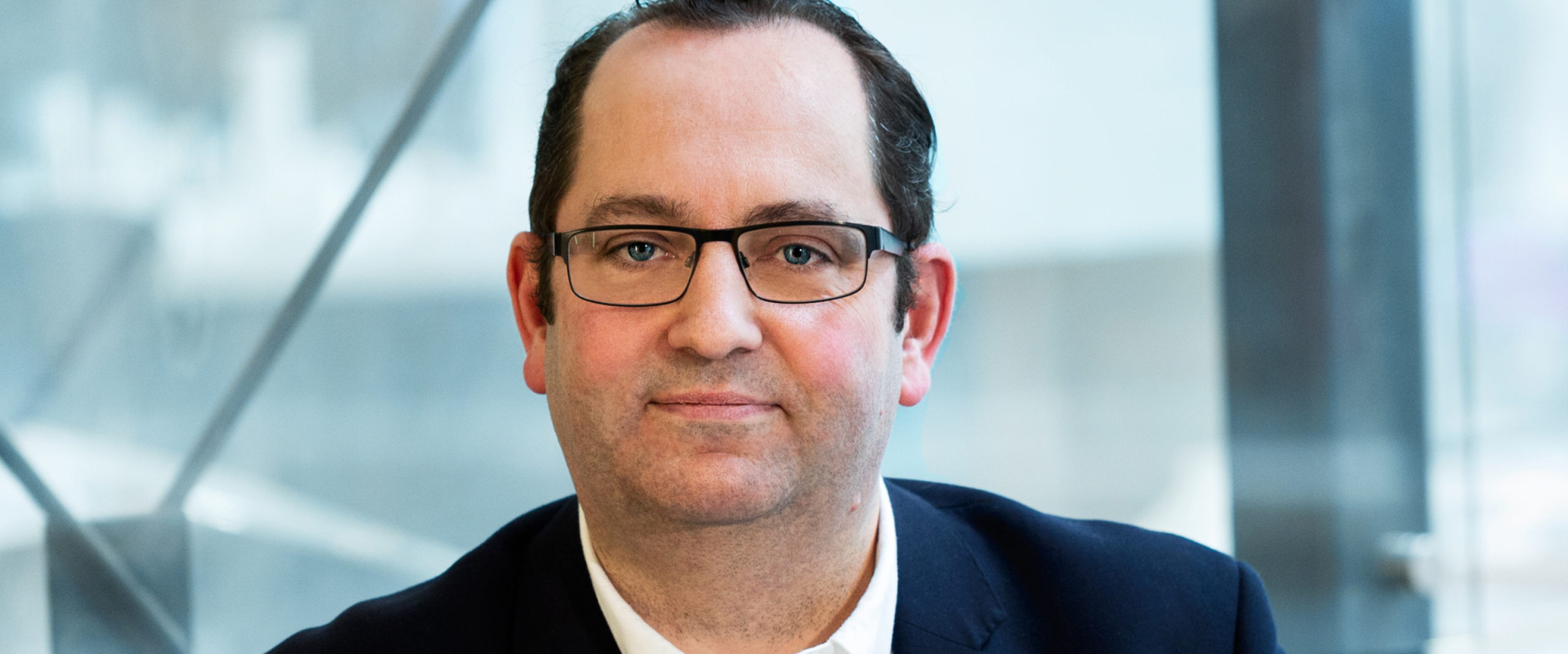
Polar Tourism is Getting Cooler
As a ‘numbers guy’, I don’t believe in coincidences, so when within the space of a week: my father-in-law announced that he was planning to join a cruise to the Antarctic to ‘pat a penguin’; the development director for a leading international hotel operator called me about a project in the Arctic; and I picked up a copy of Elite Traveler only to find not one, but four advertorials focused on Polar tourism – I have to conclude that this really is a “trend.” And one that appears to be growing.
Sure enough, when I investigated a bit, I discovered that international arrivals to Iceland, for example, have increased by nearly 700 percent over the last decade, reaching approximately 2.2 million in 2017.
The trend toward ‘authentic travel experiences’ is well-documented but Polar tourism takes this to an entirely new level. Snow-shoeing across a frozen lake or glacier to fish through a hole in the ice, sleeping under reindeer pelts in an igloo or waiting for hours on the sea-ice for a glimpse of a polar bear may not be everyone’s idea of fun, but more and more of us seem prepared to give it a go. Maybe this is because we’re apparently now spending more than 90 percent of our time indoors and the idea of reconnecting with the great outdoors is becoming more important to us. Lying on a sun-lounger next to an infinity pool sipping a piña colada is so yesterday.
But further analysis of Polar (some call it Arctic) tourism highlights three key points to note. Firstly, whilst the winters may be cold, dark and harsh in these environments, the summers benefit from 24 hours of sun and you really can kayak or play golf at 2 a.m. Ironically, tourism to most of the Arctic and Antarctic Resorts actually peaks during the summer — when the weather is warm and the hours of sunshine are long.
Secondly, much of polar tourism can be boiled down to a process of challenge and reward; i.e., following your husky trek you are rewarded with a steaming mug of cocoa, wrapped in a warm rug and seated next to a roaring fire in a cozy log cabin. What’s not to like?

And, thirdly, several of the Arctic destinations, mostly in Lapland, have the ‘Santa Claus’ card to play, and the success of Disney’s Frozen must have helped a little too.
But Polar tourism is not ice smooth, either. There are some drawbacks. For example, these destinations can be extremely inconvenient — and expensive — to reach although let’s be honest, everyone secretly loves a snow day. But a seven-day trip from the UK to the South Pole with Steppes Travel will set you back more than $50,000 (excluding flights). And a night at the popular Fogo Island Inn in Newfoundland will likely cost you more than a $1,000 but the pressure to make these amazingly beautiful and rugged destinations more price-accessible is growing.
In addition to the cost and inconvenience of the travel, there is another potentially troubling point to consider. Polar regions are typically characterized by fragile environments and the rising tourism numbers must be viewed with at least some trepidation as to the harm the huge increase in visitors could cause.
Despite these issues, though, facilitators of Arctic Tourism appear to be ramping up their preparations. Over the next decade we’ll see more and more activities geared to Arctic travelers, along with the arrival of the international hospitality brands. Indeed, Marriott plans to open an Edition hotel in Reykjavik next year and Adrian Zecha, one of the hospitality industry’s best-known trailblazers, is taking a personal interest in the extraordinary Svart Hotel project in north Norway.


